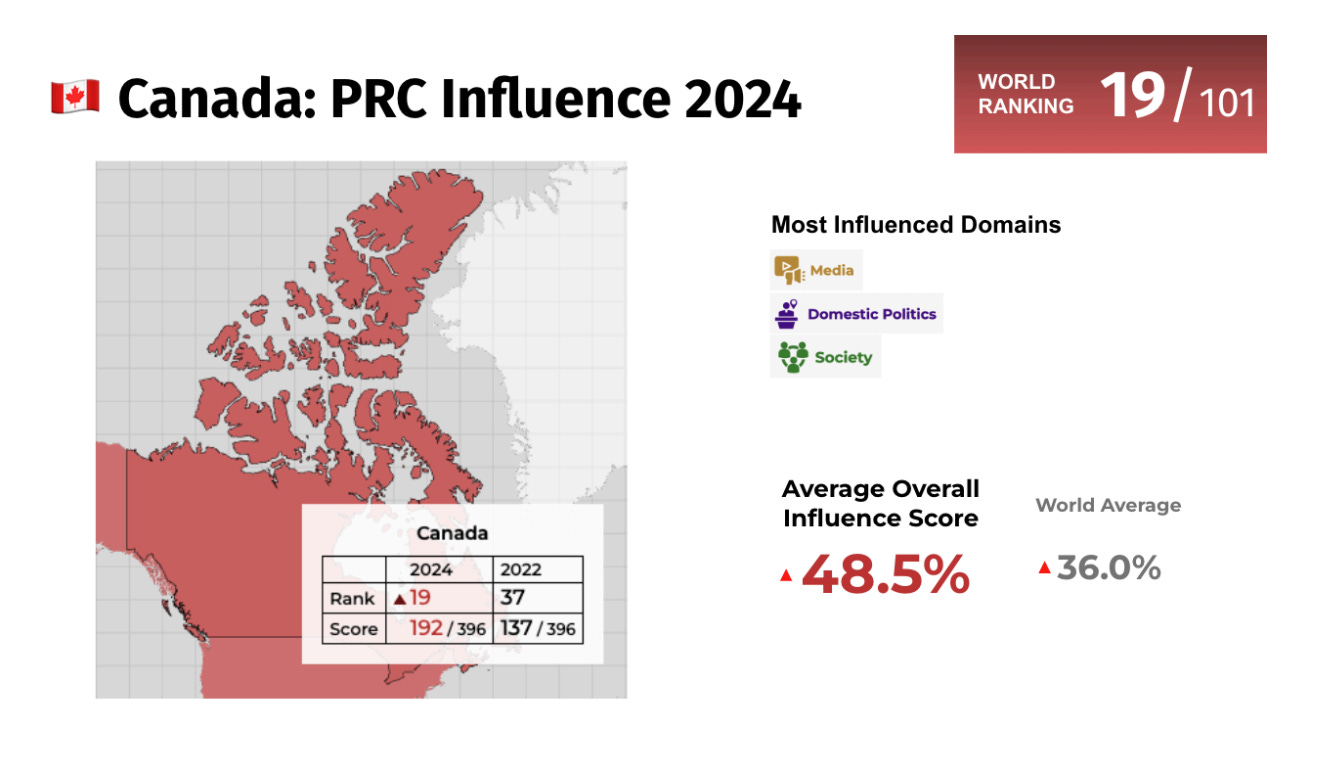Survey Finds Beijing’s Grip Deepening Worldwide as North America and the Caribbean Emerge as Vulnerable Fronts
Keep reading with a 7-day free trial
Subscribe to The Bureau to keep reading this post and get 7 days of free access to the full post archives.


